San Diego Super Computer
HOW AN INNOVATION FUNNEL IMPACTS WILDFIRES IN CALIFORNIA

Groups of motivated people can solve any problem, even how to mitigate wildfires in California.
During fire season in California, it’s become the norm to see front-page images of apocalyptic wildfires. A century of efforts suppressing wildfires has created a dangerous accumulation of flammable vegetation on landscapes, contributing to megafires that risk human life and property and can permanently destroy ecosystems.
The San Diego Supercomputer Center (SDSC) has garnered a national reputation as a leader in high-performance data-intensive computing and cyberinfrastructure since its inception in 1985. The WIFIRE Lab at SDSC has been working with researchers and emergency management professionals to meet the growing needs in hazard monitoring and response. From data collection to modeling efforts to interfaces for operational use, the SDSC and WIFIRE use science and technology to make a positive impact.
The Complication
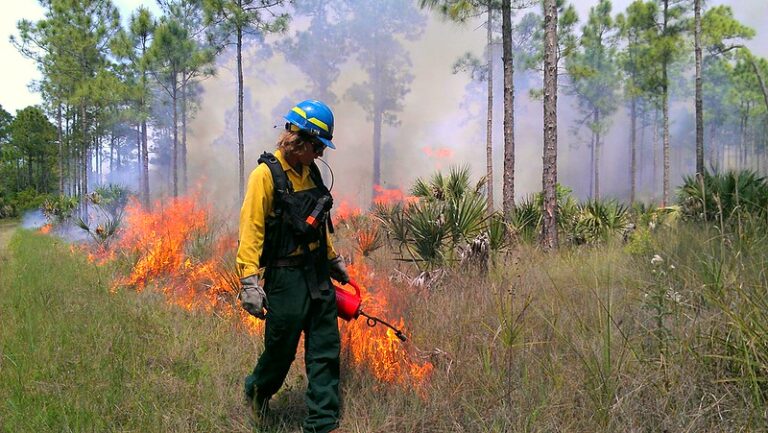 During fire season in California, it’s become the norm to see front-page images of apocalyptic wildfires. A century of efforts suppressing wildfires has created a dangerous accumulation of flammable vegetation on landscapes, contributing to megafires that risk human life and property and can permanently destroy ecosystems.
During fire season in California, it’s become the norm to see front-page images of apocalyptic wildfires. A century of efforts suppressing wildfires has created a dangerous accumulation of flammable vegetation on landscapes, contributing to megafires that risk human life and property and can permanently destroy ecosystems.
The San Diego Supercomputer Center (SDSC) has garnered a national reputation as a leader in high-performance data-intensive computing and cyberinfrastructure since its inception in 1985. The WIFIRE Lab at SDSC has been working with researchers and emergency management professionals to meet the growing needs in hazard monitoring and response. From data collection to modeling efforts to interfaces for operational use, the SDSC and WIFIRE use science and technology to make a positive impact.
The Collaboration
The SDSC and WIFIRE collaborated with Design Lab to better understand the key performance metrics (KPIs): How might we help people in the community learn more about prescribed burns vs. uncontrollable megafires in order to increase understanding of wildfire deficit, reduce fear of prescribed fires, and improve public acceptance of prescribed fires.
Melissa Floca, Director of Strategic Partnerships for SDSC added, “We worked with the Design Lab on this project because we knew that their expertise would allow us to create a design challenge that would result in concept designs for physical or virtual installations that will increase public understanding and acceptance of prescribed burns as an important tool for ending devastating megafires.”

The Design Lab produced a multi-day event for UCSD students, faculty, and subject matter experts, to generate new ideas that increase what people know about wildfire deficit, reduce the fear children, families, and seniors have about prescribed fires, and improve the public’s acceptance of the activities necessary to better manage wildfires.
The “design-a-thon,” titled Mindshifts on Megafires, invites UC San Diego students from all disciplines and experience levels into an “innovation funnel” which applies the Design Thinking process to generate potential solutions to end destructive wildfires.
 Teams creating the ideas which show the greatest potential will be offered access to a summer internships program to prototype their designs into.
Teams creating the ideas which show the greatest potential will be offered access to a summer internships program to prototype their designs into.
Kevin Popovic, Program Designer for Design Lab, explains why the innovation funnel works. “An innovation funnel facilitates the things that need to happen in order for a group of people to generate new ideas that solve a problem. First, they need to LEARN about the challenge, and what’s been done – so far – to solve it. Next, they have to WORK together in a design thinking workshop to learn how people, just like them, can identify a problem and create a solution in a short amount of time. This teaches a repeatable process, and provides the confidence for people with little experience to move forward. By identifying groups of like-minded people, the can collaborate to DEVELOP and idea to solve the problem they see, and develop a prototype that demonstrates their solution. In the end, all teams are invited to PRESENT the thinking behind their solutions to help experts evaluate how the new idea can impact the problem.”
The Results
More than 180 students registered their interest in the design-a-thon via email, and more than 120 attended the LEARN event. More than 90 students attended the WORKshop, forming 23 teams of multi-disciplined students to DEVELOP unique solutions. Seven teams will have the opportunity to continue to work on their proposed projects during a summer internship.
Each team submitted their ideas for evaluation to generate quantitative and qualitative feedback. Teams displayed posters and prototypes to subject matter experts during the Design@Large session on Climate Risk Reduction and Technology.
According to Ilkay Altintas, Chief Data Science Officer and the Founding Director of the WIFIRE Lab at the San Diego Supercomputer Center, UCSD, “We were amazed by the creativity and productivity of all the teams that participated in the design-a-thon and look forward to continuing to work with teams to build their ideas into functional prototypes.”
To learn more about Design-a-thons helps create new ideas, contact us.

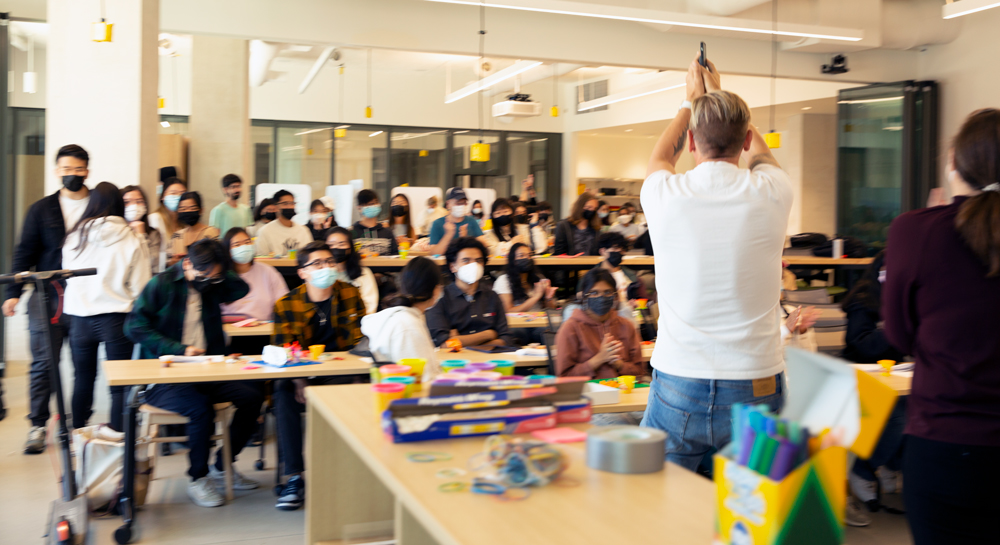
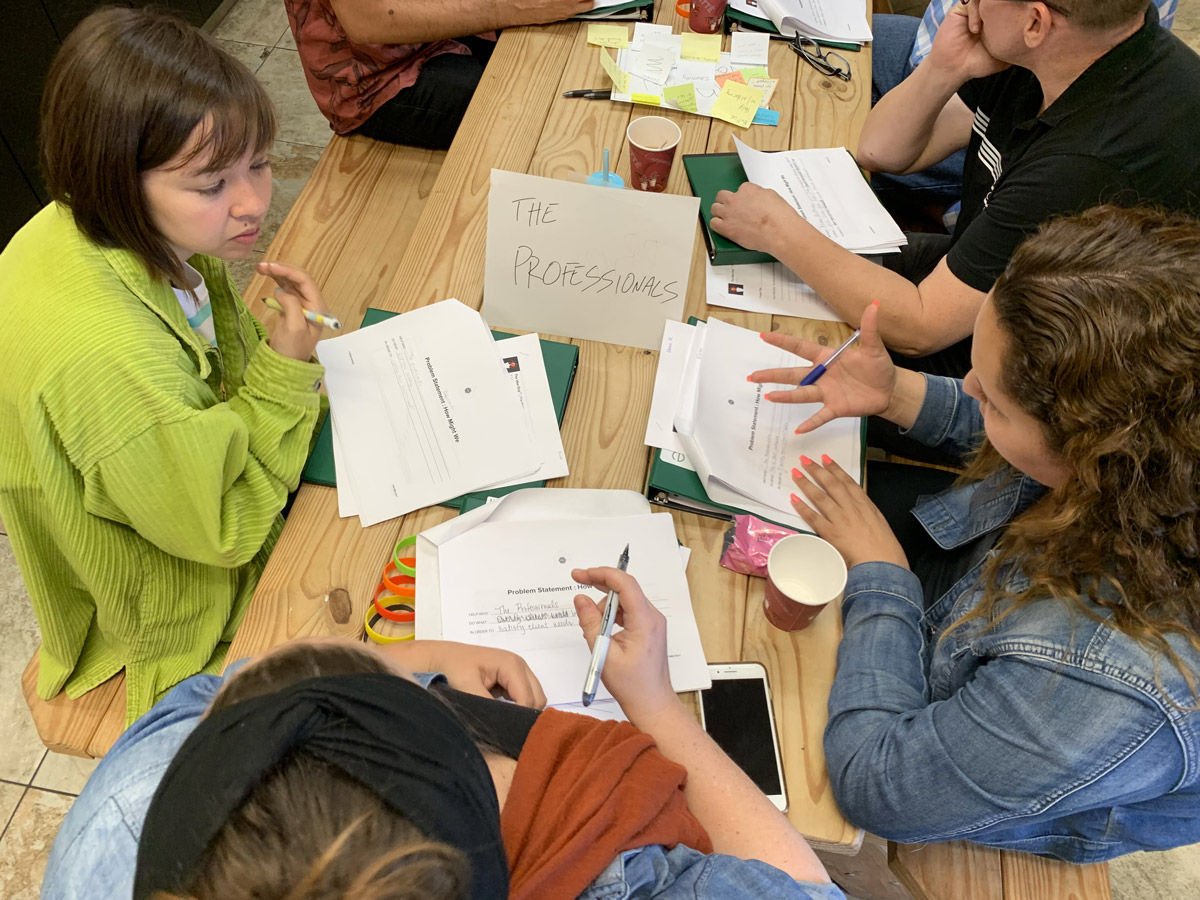
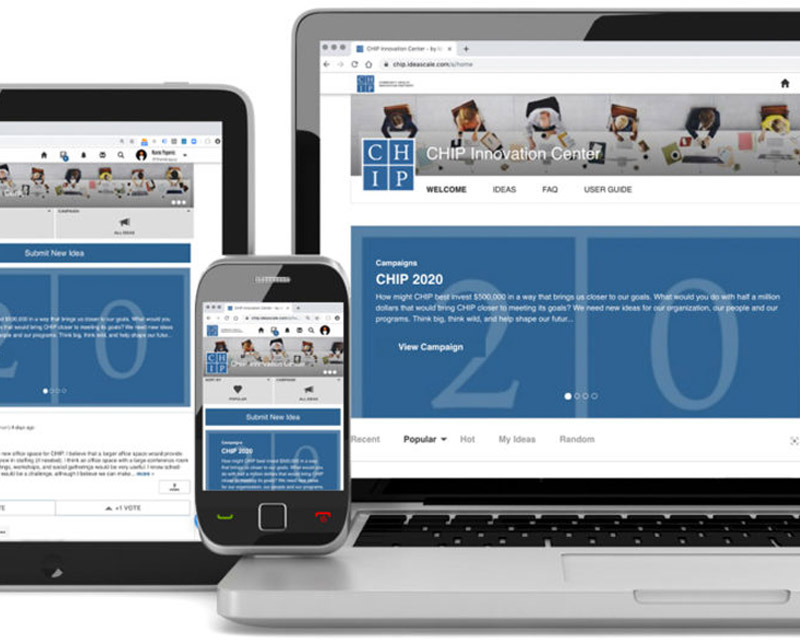
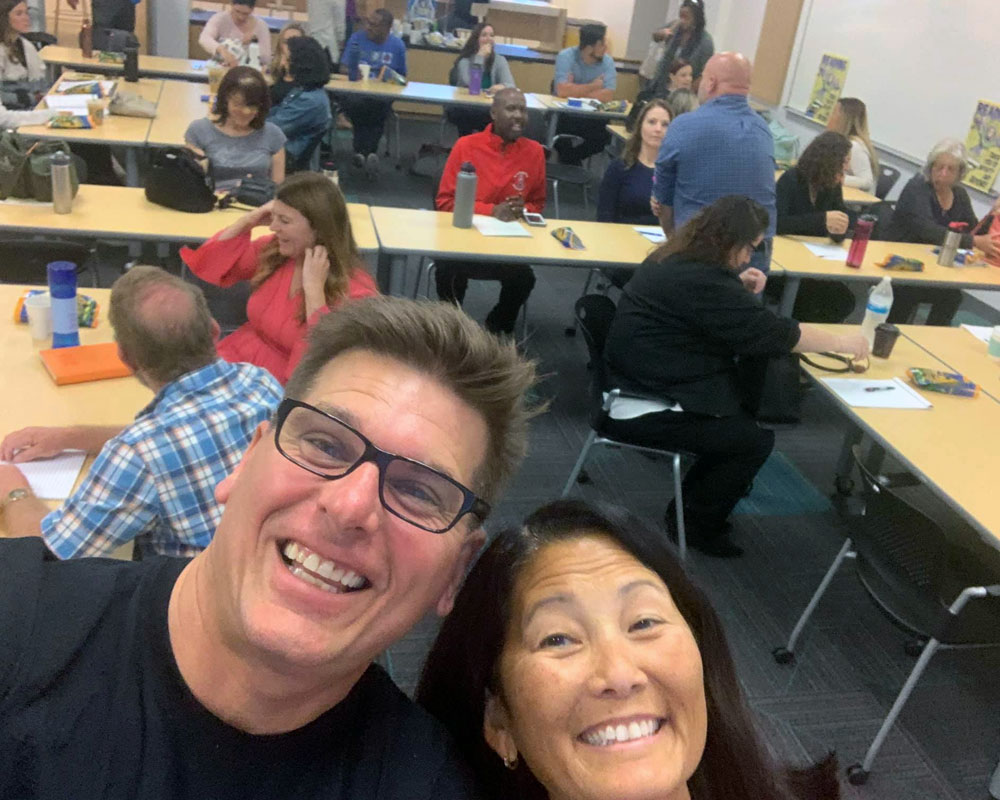
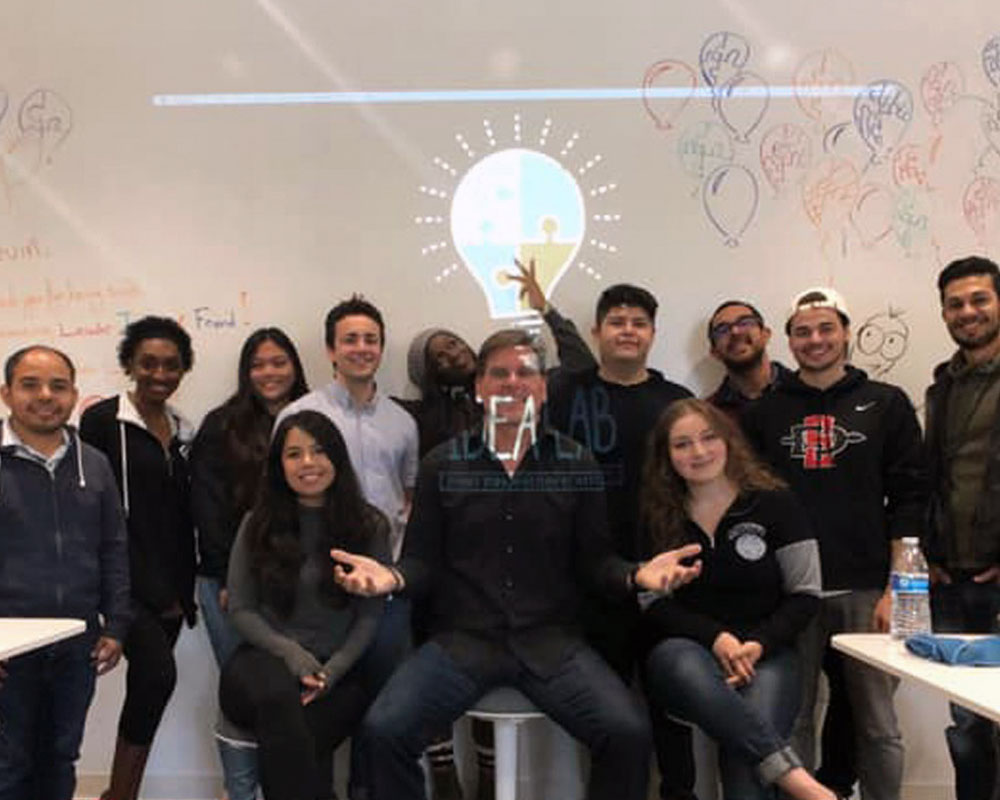
That is the appropriate weblog for anybody who wants to search out out about this topic. You understand a lot its almost laborious to argue with you (not that I actually would need…HaHa). You positively put a new spin on a subject thats been written about for years. Great stuff, just nice!